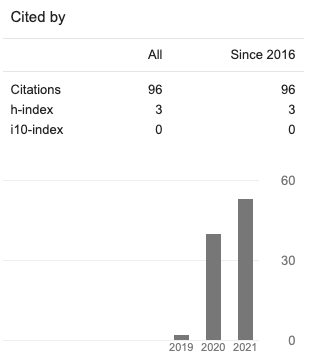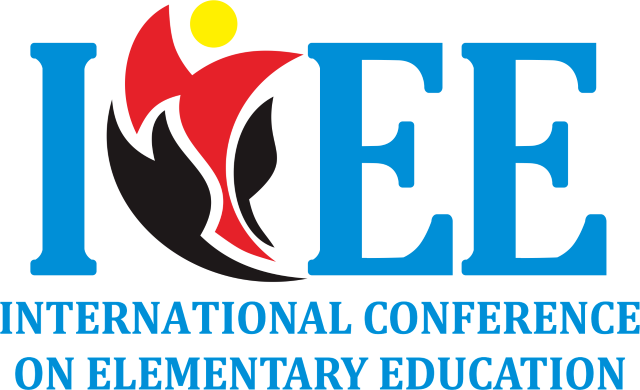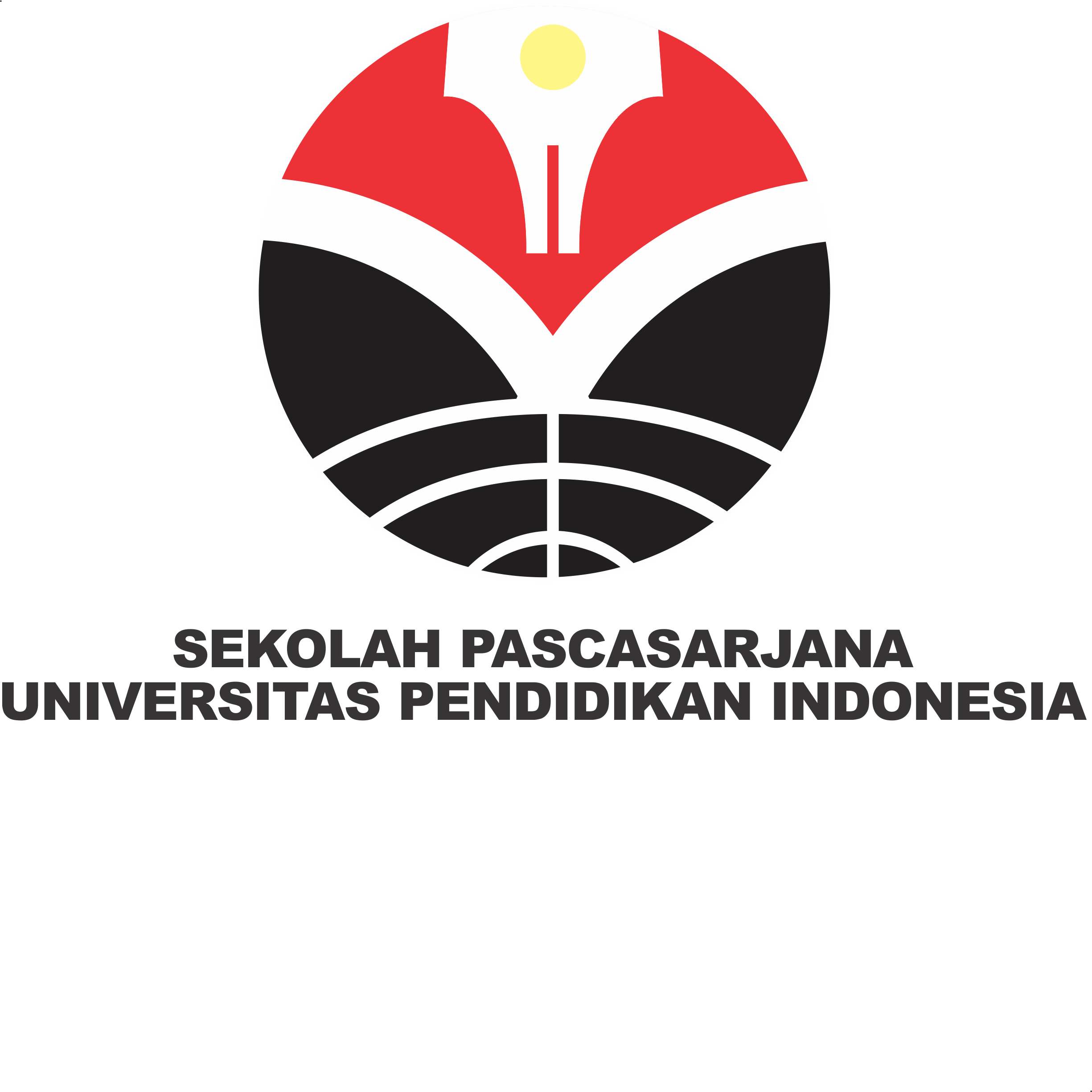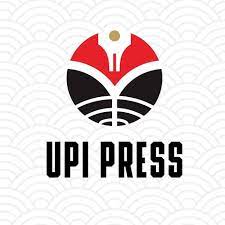Comparison Analysis of Elementary Science Curriculum in Indonesia and Singapore
Abstract
Education in Indonesia and in Singapore is different. The curriculum in Indonesia and Singapore has its own advantages and disadvantages. Especially in science subjects in elementary schools. This study aims to (1) see the fundamental differences between the curricula in Indonesia and in Singapore, (2) so that further it can be seen whether something that is said to be better can be adopted in Indonesia (3) the next goal is the opportunity for improvement with this comparison can be a reference for continuing to make improvements. This research is a literature study (Library Research). Sources of data are divided into primary data and secondary data and then use descriptive analysis techniques to provide a better picture for the purposes of this study. This research resulted in findings that (1) in the curriculum in Indonesia, it prioritizes socio-cultural and religious-based applications, while the science curriculum in Singapore prioritizes the context of understanding and applying science. (2) Understanding the concept and character development of students to be active and interested in science is something that is very good. (3) The application of the Science Curriculum in Singapore provides an opportunity to improve the education system in Indonesia so that it is properly systemized and has more specific goals.
Copyright (c) 2023 Intan Eka Pratiwi Suwaji, Ari Widodo, Babang Robandi, Tri Pebriati

This work is licensed under a Creative Commons Attribution 4.0 International License.















